Charleston Currents #12.06 | Dec. 9, 2019
BIG SUNDAY IN THE OUTDOORS: Read why 400 people on Sunday walked through live oaks dripping with Spanish moss to celebrate conservation. Check out Today’s Focus below.
 FOCUS: Conservationists celebrate 30 years of protecting the ACE Basin
FOCUS: Conservationists celebrate 30 years of protecting the ACE Basin
COMMENTARY: OK, boomlets: Back off on boomers
IN THE SPOTLIGHT: Magnolia Plantation and Gardens
NEWS BRIEFS: Clock ticking for northern right whale
FEEDBACK: Free press is crucial to functioning democracy
MYSTERY PHOTO: An old place
S.C. ENCYCLOPEDIA: Country ideology
CALENDAR: North Charleston gallery features two Lowcountry artists
Conservationists celebrate 30 years of protecting the ACE Basin
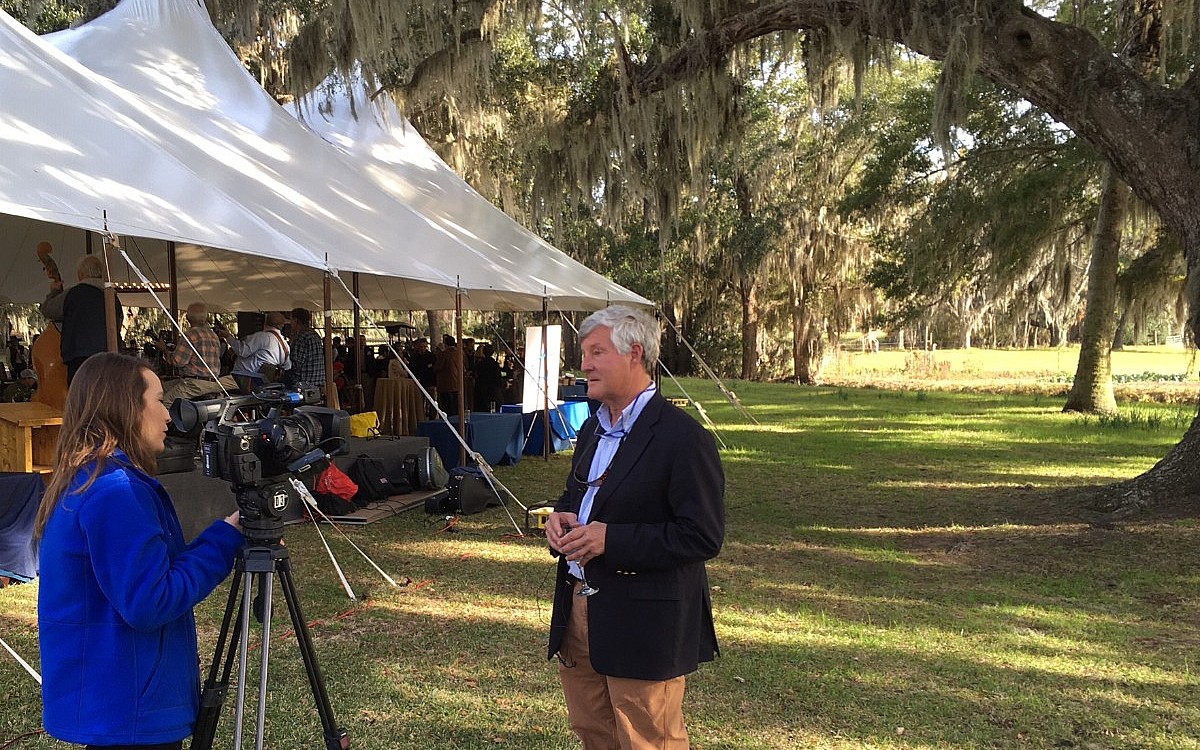
Conservationist Charles Lane discusses 30 years of work to protect 300,000 acres of majestic Lowcountry lands and marshes. Photos by ‘Andy Brack.
By Andy Brack, editor and publisher | More than 400 people Sunday celebrated the protection of 300,000 acres of majestic Lowcountry landscapes over the last 30 years on a balmy Sunday straight out of central casting.
The 30th anniversary of protecting the ACE Basin, the confluence of the Ashepoo, Combahee and Edisto rivers stretching from southern Charleston County through Beaufort County, attracted private landowners and the federal government as well as conservation organizations ranging from Ducks Unlimited to the Nature Conservancy.
“More ducks, fewer people” was the translation of a Latin phrase on commemorative glasses given to guests at the ceremony west of Adams Run on Yonge’s Island at historic Willtown Bluff Plantation, first settled in 1714. Now owned by the Lane family of Charleston and Savannah, it is an epicenter for collaborative conservation effort championed for three decades to safeguard the land and marshes of the Lowcountry. Thes areas often are considered the last wild places along the Eastern seaboard.
Charles Lane, chair of the ACE Basin Task Force, said protecting these special places through collaborative efforts was done for the common good and for future generations. In a press release, he added 83 percent of the basin’s protected land was through private efforts, most of which were conservation easements. “Over 275 easements have been signed and recorded in the basin since 1989,” he said. “This is a remarkable achievement, but I would also note that without the efforts of the state and federal governments to promote public land, the ACE Basin would never have achieved the community support it now has.”
The U.S. Department of Interior’s Aurelia Skipwith, who is President Trump’s nominee to lead the U.S. Fish and Wildlife Service, shared she thought the “ACE” of ACE Basin stood for more than the initials of the three rivers. She suggested the letters also represents the “Action, Collaboration and Excellence” that allowed thousands of South Carolina’s acres to be saved from big development and “returned to an anglers’ and hunters’ paradise.”
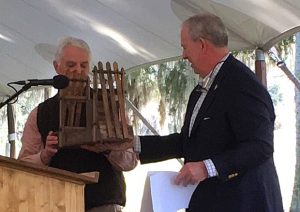
State Sen. Chip Campsen, left, receives a conservation award from emcee Mike McShane, chair of the S.C. Conservation Bank.
Protecting the land has done more than keep beautiful landscapes intact. It has helped native species to thrive. The area’s historic rice fields support a significant population of a secretive marsh bird, the black rail, that has been declining. Red cockaded woodpeckers, which disappeared from the basin, have been re-introduced successfully. And whooping cranes, gopher frogs, diamondback rattlesnakes, mottled ducks and a host of other species find support in the basin’s lands and waterways, the release said.
During the Sunday ceremony, Dominion Energy announced a $250,000 commitment to continue conservation efforts.
The Ace Basin Task Force, formalized in 1989, includes the U.S. Fish and Wildlife Service, S.C. Department of Natural Resources, Lowcountry Land Trust, Beaufort County Open Land Trust, Edisto Island Open Land Trust, Audubon South Carolina, Ducks Unlimited, The Nature Conservancy, East Edisto Conservancy, Open Space Institute, Nemours Wildlife Foundation and private landowners. More info.
- Have a comment? Send to: editor@charlestoncurrents.com
BRACK: OK, boomlets: Back off on boomers
By Andy Brack, editor and publisher | OK, boomlets. Stand down. The older folks aren’t all that bad.
 Millennials and iGen kids who now gleefully deprecate and mock baby boomers these days need to face the reality that the very lifestyle that keeps them connected, in tune, entertained, online and hip to what’s happening is due to … wait for it … baby boomers.
Millennials and iGen kids who now gleefully deprecate and mock baby boomers these days need to face the reality that the very lifestyle that keeps them connected, in tune, entertained, online and hip to what’s happening is due to … wait for it … baby boomers.
Boomers grew up with corded phones, black-and-white televisions, three major networks, spark plugs and transistor radios. And they walked 20 miles in the snow to school. They had no cell phones. No Spotify, Pandora, YouTube, Facebook, Twitter, Instagram, Amazon, FedEx, Sirius XM, streaming media.
The babies born in the generational boom after World War II dreamed of a better world. They dropped out, only to drop in with grassroots activism for women’s liberation, civil rights, gay rights. But they also created the stuff that drives today’s society and makes day-to-day life much easier than they had growing up.
Baby boomers invented the Internet (thanks, Tim Berners-Lee) that boomlets can’t be away from for more than a few hours. Heard of folks like Steve Jobs and Steve Wozniak (Apple), Bill Gates (Microsoft) and Ajay Bhat (USB port)? Or how about Bill Clinton, George W. Bush, Barack Obama and Donald Trump? Or Eddie Murphy, Jerry Seinfeld, Scott Adams, Garry Trudeau, Oprah and Madonna. All boomers.
 Then there are baby boomers who revolutionized their fields in ways that continue to rock our world today — Robert Jarvick (artificial heart), Dean Kamen (Segway, portable dialysis machine and implantable insulin pump), Gerd Binning (scanning tunneling microscope), Gill Samuels (Viagra) and Ray Kurzweil (optical character recognition and text-to-speech technology).
Then there are baby boomers who revolutionized their fields in ways that continue to rock our world today — Robert Jarvick (artificial heart), Dean Kamen (Segway, portable dialysis machine and implantable insulin pump), Gerd Binning (scanning tunneling microscope), Gill Samuels (Viagra) and Ray Kurzweil (optical character recognition and text-to-speech technology).
“Ask the average person to name who dreamed up the web, DNA fingerprinting or the lithium-ion battery, and most likely you’ll draw a blank stare,” Reuters reported a few years ago. “That anonymity is deceptive. Boomers’ inventions — ranging from the now-ubiquitous World Wide Web to the synthetic cell and the nanoscale motor — promise to reshape the world of the 21st century as surely as Edison’s [light bulb] and Tesla’s [AC power] set the stage for the 20th.”
The world we live in, for better and worse, is a reflection of how boomers created the world inhabited by today’s boomlets — millennials (1977 to 1995) and IGen (1996 to 2010), also known as Gen Z.
So for those who mock baby boomers with the viral and dismissive retort, “O.K., boomer,” maybe you need to lay off a little. Boomers made it easier, in many ways, for you to grow and engage a society where immediate entertainment and information gratification is commonplace.
But before boomers get all smug, fatter and happier, they need to realize they also contribute to the frustrations that cause boomlets to lash out. Baby boomers wanted to change the world — and they did, but it hasn’t always turn out so great.
Boomers, rebelling as hippies in the 1960s, got caught up in the “me” generation, which led to greed and national economic dysfunction, now realized as huge deficit spending and a gargantuan national debt that is strangling our creativity and future growth.
Boomlets are rightly frustrated with how boomers, who now hold about 60 percent of the nation’s wealth, seem to be hoarding opportunities. Boomlets have huge economic anxiety about the future. They’re often stifled by the global climate crisis created by boomer economics and companies. They’re irked that their future doesn’t seem as bright as they think it should, in part, because boomers have sucked a lot of the air out of society.
“OK, boomer” went viral last month when a 25-year-old politician in New Zealand off-handedly rebuffed a colleague during a speech on climate change. Chloë Swarbrick later explained, “My ‘OK boomer’ comment in parliament was off-the-cuff, albeit symbolic of the collective exhaustion of multiple generations set to inherit ever-amplifying problems in an ever-diminishing window of time.”
She’s got an outstanding point. Boomers need to relax a little — and should engage in a new proactive manner to fix what they’ve screwed up. But maybe boomlets should not be so quick to point fingers and should take more responsibility to work with them to get it done. OK?
- Full disclosure: Andy Brack is the boomer editor and publisher of Charleston Currents and Statehouse Report. Have a comment? Send to: editor@charlestoncurrents.com
Magnolia Plantation and Gardens
The public spiritedness of our underwriters allows us to bring Charleston Currents to you at no cost. Today we shine our spotlight on Magnolia Plantation and Gardens, founded in 1676 by the Drayton family. It has survived the centuries and witnessed the history of our nation unfold before it from the American Revolution through the Civil War and beyond. It is the oldest public tourist site in the Lowcountry and the oldest public gardens in America, opening its doors to visitors in 1870. Open 365 days a year, Magnolia offers its visitors splendid tours of nature and history and the role African-Americans played in the development of its award-winning Romantic-style gardens.
- Visit www.magnoliaplantation.com to learn how you can experience a complete plantation experience.
- Click here to learn about events and what’s new.
- DON’T MISS: Lights of Magnolia — open through March.
- To meet all of our underwriters, click here.
Clock ticking for northern right whale
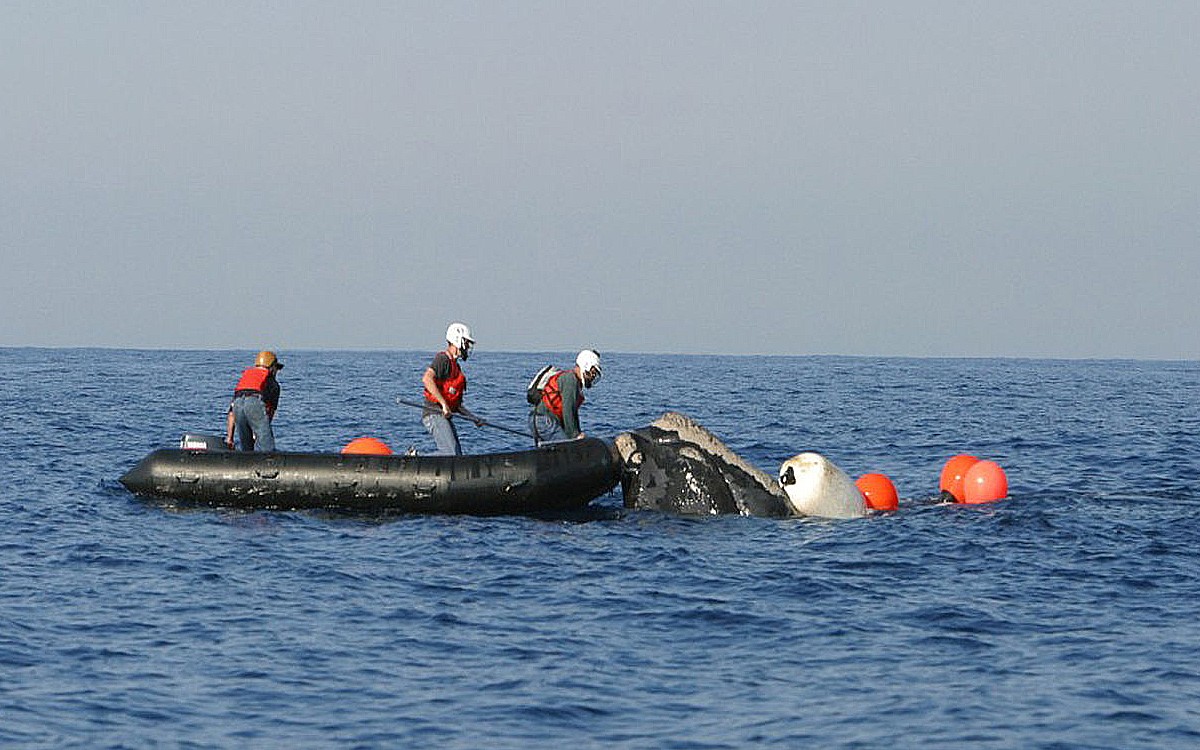
Federal officials work to disentangle a northern right whale from fishing gear off the Florida coast. NOAA photo, 2008.
By Lindsay Street, Statehouse Report | A migrating whale that cruises through South Carolina waters is being killed at 10 times the rate its population can sustain, largely due to vessel-strikes and commercial fishery entanglements, experts say.
And while South Carolina has avoided deaths, a wildlife advocate says that is down to luck, not policy. The Nov. 27 edition of Charleston City Paper showcased a story about the threat endangered right whales face along the Eastern seaboard. A few days later, the Hilton Head Island Packet reported a sighting of the rare creature by a fisherman.
Endangered right whales are migrating along the South Carolina coast now as they move from rich feeding grounds in northern waters to warmer breeding grounds near Florida.
Caroline Bradner, land water and wildlife project manager with Coastal Conservation League of Charleston, said South Carolina needs to remain vigilant in an effort to protect the whales that were once prized for their blubber to fuel lamps prior to electricity and the incandescent light bulb.
The right whale population is in such dire straits that it can only sustain three to five deaths per year, not the 30 that happened since 2017, the City Paper reported.
NOAA’s list of right whale mortalities do not include any that happened in South Carolina, but that could change as the seas rise and warm — and it doesn’t mean that other marine wildlife like manatees aren’t threatened in waters here, Bradner said.
In South Carolina waters, the only direct protection for whales are found in federal regulations lowering ship speeds as they come into harbors.. The state’s lack of seismic testing and offshore drilling is also a boon, Bradner said. But those two things could change.
- Do more: Earthjustice’s Andrea Treece says South Caroinians can do more to protect the right whale.
- Read: S.C. Republicans are among the GOP strongholds pushing back against offshore drilling.
“We in South Carolina can’t do a whole lot about what’s happening in Canada and the Northeast where they are feeding,” Bradner said. “(But) we can be proactive in making sure that if whales are spending more time in South Carolina waters … then we would need to ensure they are finding a hospitable environment when they are here.”
Also in recent news:
![]() Adopt pets for free. Officials with area pet shelters say there’s a shelter-crowding emergency across the state, leading some shelters to consider euthanasia of healthy animals to make space. The Charleston Animal Society is encouraging Lowcountry residents to adopt a pet during the holidays to ameliorate the threat. “Animal shelters across the state are asking people to open their hearts and their homes before it’s too late for hundreds of cats and dogs,” the organization said. “Charleston Animal Society, the state’s first and oldest animal organization, is launching an emergency adoption campaign across the entire state through the organization’s No Kill South Carolina program.”
Adopt pets for free. Officials with area pet shelters say there’s a shelter-crowding emergency across the state, leading some shelters to consider euthanasia of healthy animals to make space. The Charleston Animal Society is encouraging Lowcountry residents to adopt a pet during the holidays to ameliorate the threat. “Animal shelters across the state are asking people to open their hearts and their homes before it’s too late for hundreds of cats and dogs,” the organization said. “Charleston Animal Society, the state’s first and oldest animal organization, is launching an emergency adoption campaign across the entire state through the organization’s No Kill South Carolina program.”
How to adopt: If you or someone you know are looking to adopt a pet, go to www.PickMeSC.com where No Kill South Carolina has compiled a list of shelters in crisis. All of the shelters listed are offering free or low-fee adoptions through January 1.
Collaboration. The Greenwood Genetic Center and the Medical University of South Carolina have signed an affiliation agreement with the goal of providing patients across South Carolina with accessible, high-quality, coordinated and cost-effective genetic services through a collaborative approach to providing medical care. According to a press release, the two entities have worked together informally on clinical consultations, provider education and research for more than a decade. This affiliation seeks to formalize and expand the depth and breadth of the relationship.
Groundbreaking. Mayor John Tecklenburg and city officials had a groundbreaking ceremony last week for the Low Battery Seawall project, which is supposed to improve flood protection for the peninsula.
New grads. The Charleston School of Law will graduate 31 students during a 2 p.m. Dec. 15 winter commencement ceremony at Trident Technical College in North Charleston. “One of the incredible things about this school, and something of which I am honored to be part, is that each student, graduate, faculty and staff member shows dedication to the founding motto, pro bono populi, which means ‘for the good of people,’” said President Ed Bell, an owner of Charleston Currents “The dedication of time and effort toward the betterment of others throughout the community is a worthwhile proposition and something that will serve well in their lives, both as attorneys and in general.”
- Have a comment? Send to: editor@charlestoncurrents.com
Free press is crucial to functioning democracy
Excellent analysis. A free press is critical to a free society.
We need to keep beating that drum and pushing back from the cynicism that births attempts to muzzle the free press.
— Ellen Harley, Charleston, S.C.
Send us your thoughts … or your rants!
We’d love to get your impact in one or more ways:
Send us a letter: We love hearing from readers. Comments are limited to 250 words or less. Please include your name and contact information. Send your letters to: editor@charlestoncurrents.com. | Read our feedback policy.
Tell us what you love about the Lowcountry. Send a short comment – 100 words to 150 words – that describes something you really enjoy about the Lowcountry. It can be big or small. It can be a place, a thing or something you see. It might the bakery where you get a morning croissant or a business or government entity doing a good job. We’ll highlight your entry in a coming issue of Charleston Currents. We look forward to hearing from you.
An old place
This old place in the South Carolina Lowcountry has been through a little updating over the last year or so. Where and what is it? Send your guess to: editor@charlestoncurrents.com. And don’t forget to include your name and the town in which you live.
Our previous Mystery Photo
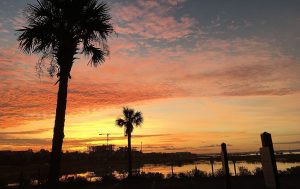 Our Dec. 2 mystery, “Lowcountry dawn,” turned out to be harder than we anticipated. Maybe that’s because we masked one of two cranes with the palmetto tree in the foreground. The Charleston photo is taken from a parking lot at the Marina Variety Store on Lockwood Boulevard looking toward construction of the new Sergeant Jasper complex on Broad Street.
Our Dec. 2 mystery, “Lowcountry dawn,” turned out to be harder than we anticipated. Maybe that’s because we masked one of two cranes with the palmetto tree in the foreground. The Charleston photo is taken from a parking lot at the Marina Variety Store on Lockwood Boulevard looking toward construction of the new Sergeant Jasper complex on Broad Street.
Hats of to three photo sleuths who recognized the picture with the sleight of tree: Robert Davidson of Summerville, Legare Clement of Charleston and Nathan Henigan of Mount Pleasant.
Henigan writes, “You can see part of the Ashley River, with sailboats at anchor and the Coast Guard Station just beyond that.”
- Send us a mystery: If you have a photo that you believe will stump readers, send it along (but make sure to tell us what it is because it may stump us too!) Send it along to editor@charlestoncurrents.com.
Country ideology
S.C. Encyclopedia | Country ideology was a series of ideas expounded in the seventeenth and eighteenth centuries by English writers such as Henry St. John, Viscount Bolinbroke, Thomas Gordon, and John Trenchard. These men opposed the accumulation of power by the British crown at the expense of the House of Commons, the representatives of the people. A fringe element critiquing the existing order, these writers won few adherents in England, yet their work heavily influenced the political culture of colonial America, where colonists perceived themselves on the margins of empire. The effect of country ideology on South Carolina was different and more pervasive than anywhere else in British North America.
 At the heart of country ideology was a profound distrust of human nature. Endowed with reason, man deserved the liberty to chart his own destiny, yet he inevitably hurt others in his quest for fulfillment. Government became necessary to protect liberty, but government was composed of imperfect men who could never be trusted to use power selflessly. Furthermore, power tended to accumulate in the hands of a few men and threaten liberty. Thus the representatives of the people should hold the power of the purse and control taxation. As independent men of property and cultivation, representatives acted in the best interests of their constituents and protected them from the expansion of executive authority.
At the heart of country ideology was a profound distrust of human nature. Endowed with reason, man deserved the liberty to chart his own destiny, yet he inevitably hurt others in his quest for fulfillment. Government became necessary to protect liberty, but government was composed of imperfect men who could never be trusted to use power selflessly. Furthermore, power tended to accumulate in the hands of a few men and threaten liberty. Thus the representatives of the people should hold the power of the purse and control taxation. As independent men of property and cultivation, representatives acted in the best interests of their constituents and protected them from the expansion of executive authority.
In other colonies country ideology took hold amid factional strife, as public men brandished these ideas against their opponents. In South Carolina, however, country ideology proved an adhesive that united elite leaders. These men shared interests and fears. Amid general prosperity and mutual economic interests, they feared attacks by foreign powers or inland Native American nations and were nervous about the potential rebelliousness of their slave majority. Service in the Commons House of Assembly allowed them to put into practice this ideology, as they struggled against successive governors who, aided by a compliant Royal Council, seemed bent on aggrandizing their power at the expense of liberty. Factional strife potentially played into the governor’s hands, for he could build power by playing one faction against another. Representatives in South Carolina, therefore, prided themselves on their independence and never formed permanent alignments, unless they united in resistance to arbitrary power.
This ideology amplified such political controversies as the dispute over Christopher Gadsden’s election in 1762, when the assembly defended its prerogatives against executive encroachment. It also lay behind the move toward revolution, as South Carolina’s leaders reacted to an outside threat manifested by the British king and Parliament. The influence of country ideology continued into the nineteenth century, when lowcountry and upcountry elites gradually formed common interests and fears that mirrored those of their colonial forebears. Unlike other states, South Carolina did not develop a viable two-party system. Though the state’s leaders often disagreed vehemently and competed in hotly contested election campaigns, they disdained permanent parties or factions and instead united against the perceived arbitrary power of a national government that imposed oppressive tariffs and threatened the existence of slavery.
— Excerpted from an entry by Gregory D. Massey. This entry may not have been updated since 2006. To read more about this or 2,000 other entries about South Carolina, check out The South Carolina Encyclopedia, published in 2006 by USC Press. (Information used by permission.)
North Charleston gallery features two Lowcountry artists
Staff reports | Two Lowcountry artists are showing their work in the North Charleston City Gallery through Jan. 31, 2020, in exhibitions that celebrate the beachy outdoors and microcosms of nature.
In an exhibit titled Ebb and Flow, artist Katherine Hester of Pinopolis presents a series of mixed media paintings of the ocean that explore the romantic idea of a day spent at the beach versus the reality of humans’ impact on coastal life. Ebb and Flow features a collection of small studies of figures on the shorelines and within ocean landscapes that are set among large canvases that reflect what remnants are left behind when humans carelessly interact with coastal environments. A native of the Lowcountry, Hester grew up on her father’s wildlife center, where conservation became a lifelong interest. Proceeds from the sale of her work in this exhibition will be donated to the South Carolina Aquarium’s Sea Turtle Care Center. Hester is currently serving as the City of North Charleston’s artist-in-residence.
Photographs by North Charleston photographer Jenion Tyson are featured in A Bug’s Eye View: Macro Photograph in the Garden. Started as an exploratory series prior to the arrival of Hurricane Florence, the exhibition shows small, often overlooked, flowering plants common to South Carolina yards.
Admission is free. The North Charleston City Gallery is situated in two corridors of the Charleston Area Convention Center, located at 5001 Coliseum Drive in North Charleston. The gallery is open 9 a.m. to 5 p.m. daily.
Also on the calendar:
![]() Author talk: 6 p.m., Dec. 12, Charleston Library Society, 164 King St., Charleston. Hear from G. Wayne Clough, the former Secretary of The Smithsonian Institution, G. Wayne Clough, as he talks about his book, “Things New and Strange: A Southerner’s Journey through the Smithsonian Collections.” Tickets are $5 for members and $10 for nonmembers. To purchase tickets, call 843-723-9912 or click here.
Author talk: 6 p.m., Dec. 12, Charleston Library Society, 164 King St., Charleston. Hear from G. Wayne Clough, the former Secretary of The Smithsonian Institution, G. Wayne Clough, as he talks about his book, “Things New and Strange: A Southerner’s Journey through the Smithsonian Collections.” Tickets are $5 for members and $10 for nonmembers. To purchase tickets, call 843-723-9912 or click here.
Cheers on the Pier: 4:30 p.m. to 7 p.m., Dec. 14, Mount Pleasant Pier, Mount Pleasant. This free event offers guests the opportunity to enjoy scenic views of the Holiday Parade of Boats in Charleston Harbor at the foot of the Ravenel Bridge. Live music will be provided by Michael Duff on the pier. Beer, wine and non-alcoholic beverages will be available for purchase on site. The pier’s Riverwatch Café offers made-to-order sandwiches, ice cream, hot chocolate, coffee, fruit smoothies and more.
Elf the Musical: Seventeen shows through Dec. 22, Dock Street Theatre, 135 Church St., Charleston. Based on the beloved and hilarious 2003 Will Ferrell film, Elf The Musical by Charleston Stage tells the story of Buddy who mistakenly crawls into Santa’s bag of gifts and is transported to the North Pole. Tickets are $29 to $71. Learn more.
Black America: Resilient: Through Jan. 25, 2020, Redux Contemporary Art Center, 1056 King St., Charleston. The center offers this solo show that highlights the work of Dontré Major, a College of Charleston art graduate whose work takes a look at Black/African Americans in the United States during different periods throughout time. Each photograph is meant to emulate the feelings individuals had during these specific times, and touch on the struggle they went through to be seen as equals. There’s an opening reception from 5 p.m. to 8 p.m. on Dec. 6.
Holiday Festival of Lights: Opens 5:30 p.m., through Dec. 31, 2019, James Island County Park. Now in its 30th year, the Holiday Festival of Lights is open every evening, rain or shine, with closing set for 10 p.m., except Fridays and Saturdays, which close at 11 p.m. The show returns to make merry magical memories with its vibrant light show is one of Charleston’s most cherished holiday events, featuring an estimated two million dazzling lights. More.
Lights of Magnolia: 5:30 p.m. to 9:30 p.m., through March 15, 2020, Magnolia Plantation and Gardens, West Ashley. Enjoy nine acres of Chinese lanterns, dragons and more at the venerable garden’s new evening attraction. The lantern festival includes custom-designed installations of large-scale thematically unified lanterns, a fusion of historic Chinese cultural symbols and images that represent the flora and fauna of Magnolia. Learn more online. Tickets are $11-$26. On-site parking is limited, but shuttles are available. For more information and frequently asked questions, click here.
Early morning bird walks at Caw Caw: 8:30 a.m. every Wednesday and Saturday, Caw Caw Interpretive Center, Ravenel. You can learn about habitats and birds, butterflies and other organisms in this two-hour session. Registration is not required, but participants are to be 15 and up. $10 per person or free to Gold Pass holders. More: http://www.CharlestonCountyParks.com.
AREA MARKETS
Holiday markets are springing up all over. Click here to read where you can find 20 area holiday markets so you can buy local and be local. More: Charleston City Paper. In other regular markets:
- FRIDAYS/SATURDAYS: Night Market. Every Friday and Saturday from 6:30 p.m. to 10:30 p.m. for the rest of the year, you can shop with 108 vendors, including artists and craftsmen, at the night market on Market Street between East Bay and Church streets. It’s more than four blocks of local shopping and fun. Free.
- SATURDAYS: Johns Island Farmers Market operates each Saturday from 9:30 a.m. to 1:30 p.m. year-round with more than 50 local farmers and vendors, food trucks, music and more. The market is located on the campus of Charleston Collegiate School, 2024 Academy Road, Johns Island
- If you have an event to list on our calendar, please send it to feedback@charlestoncurrents.com for consideration. The calendar is updated weekly on Mondays.
If you like what you’ve been reading, how about considering a contribution so that we can continue to provide you with good news about Charleston and the Lowcountry. Interested? Just click the image below.
OUR UNDERWRITERS
Charleston Currents is an underwriter-supported weekly online journal of good news about the Charleston area and Lowcountry of South Carolina.
- Meet our underwriters
- To learn more about how your organization or business can benefit, click here to contact us. Or give us a holler on the phone at: 843.670.3996.
OUR TEAM
Charleston Currents offers insightful community comment and good news on events each week. It cuts through the information clutter to offer the best of what’s happening locally.
- Mailing address: 1316 Rutledge Avenue | Charleston, SC 29403
- Phone: 843.670.3996
Charleston Currents is provided to you weekly by:
- Editor and publisher: Andy Brack, 843.670.3996
- Contributing editor, common good, Fred Palm
- Contributing editor, money: Kyra Morris
- Contributing editor, Palmetto Poem: Marjory Wentworth
- Contributing editor, real estate: Digit Matheny
- Contributing photographer: Rob Byko
SUBSCRIBE FOR FREE
Subscriptions to Charleston Currents are free.
- Click here to subscribe.
- Unsubscribe. We don’t want to lose you as a reader of Charleston Currents, but if you must unsubscribe, you will have to do it through the email edition you receive. Just go to the bottom of any of your weekly newsletters and click the “unsubscribe” function. If that doesn’t work, please send us an email with the word “unsubscribe” in the subject line.
- © 2008-2019, City Paper Publishing, LLC. All rights reserved. Charleston Currents is published every Monday by City Paper Publishing LLC, 1316 Rutledge Ave., Charleston, SC 29403.


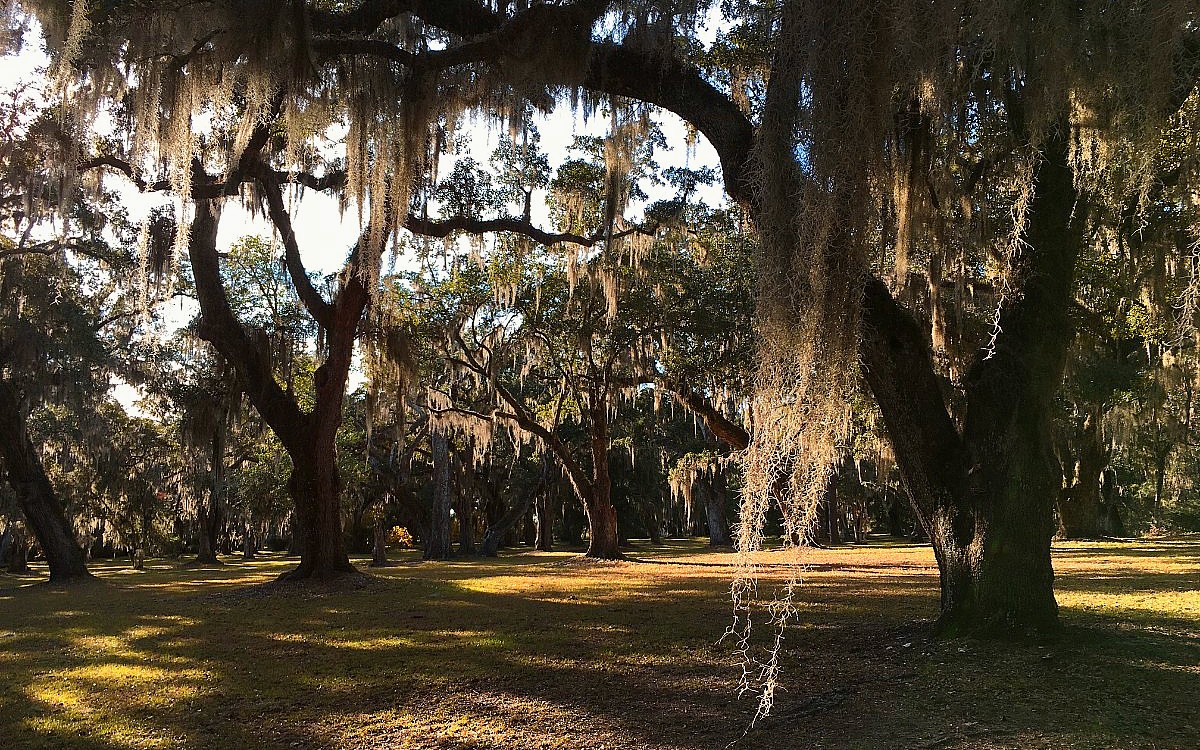
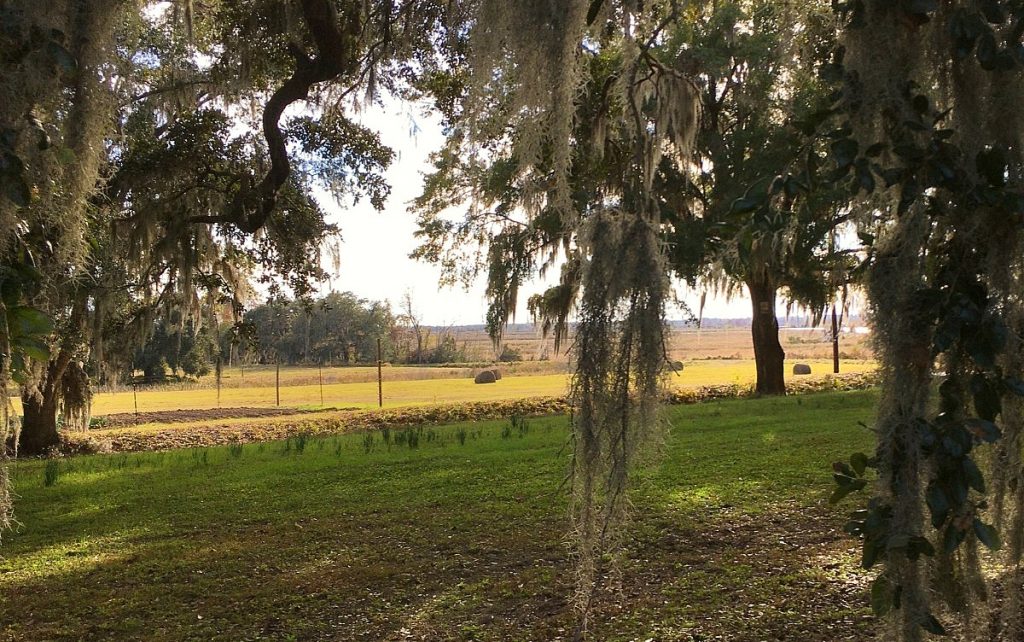
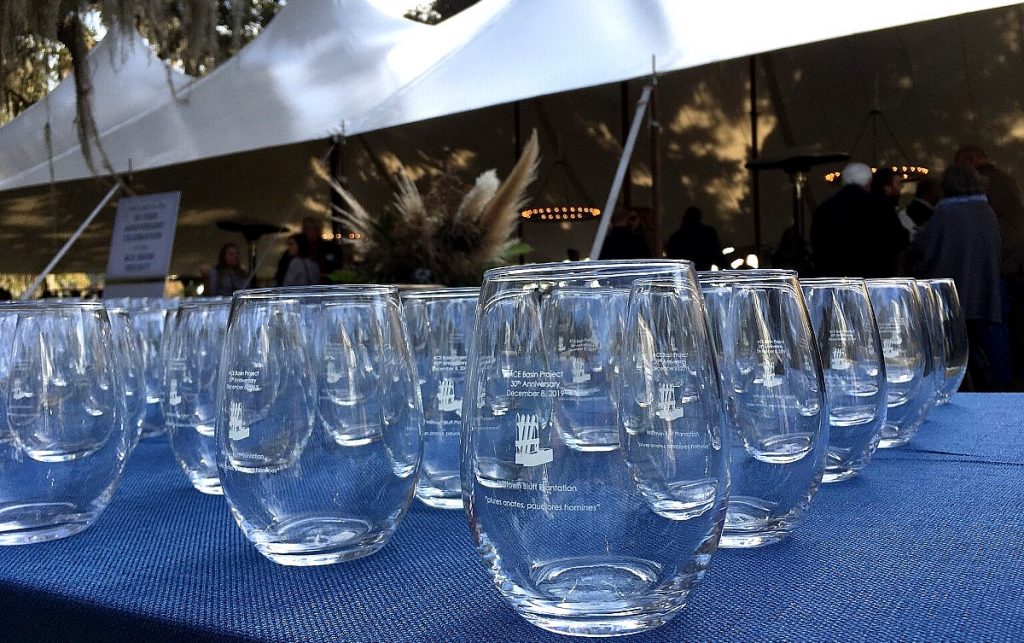
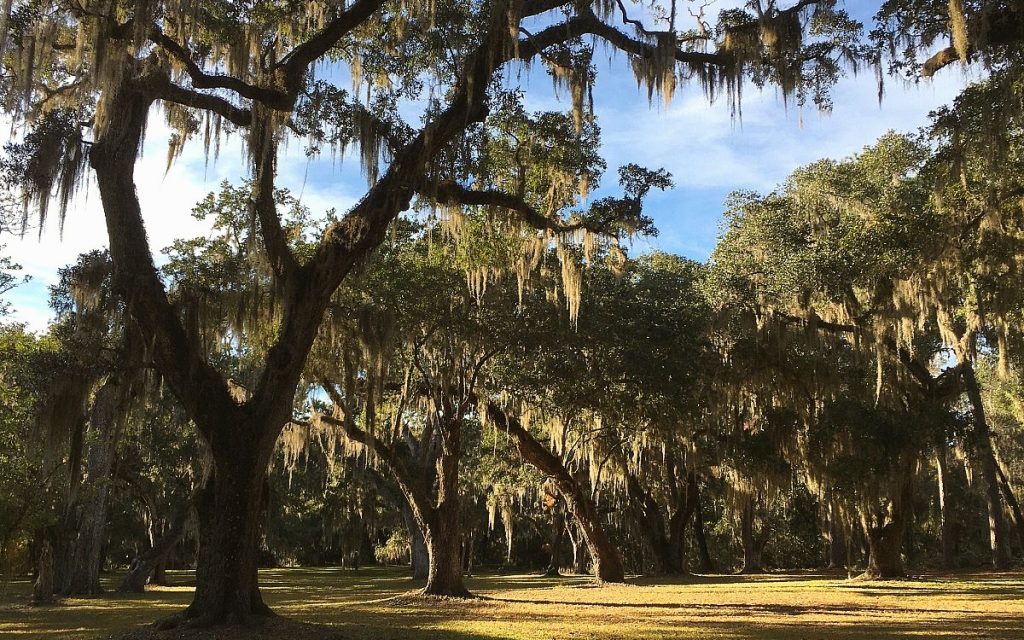
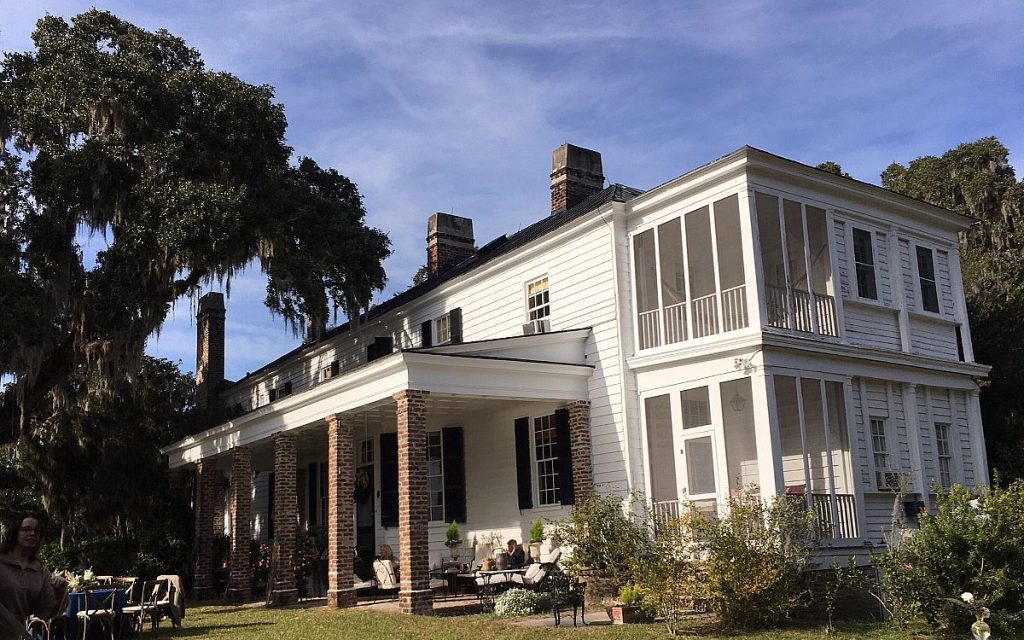
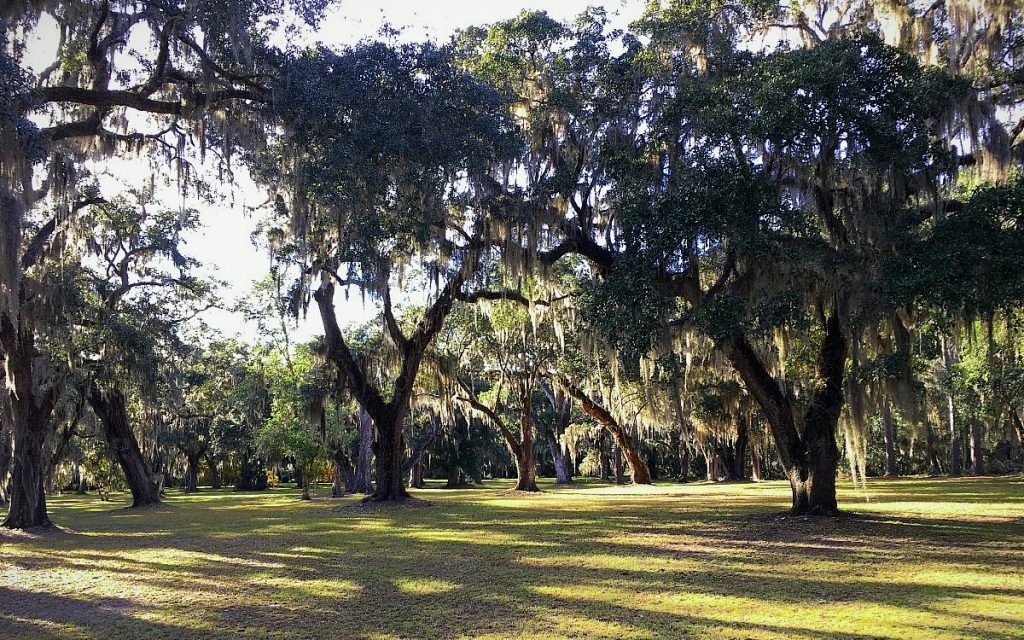

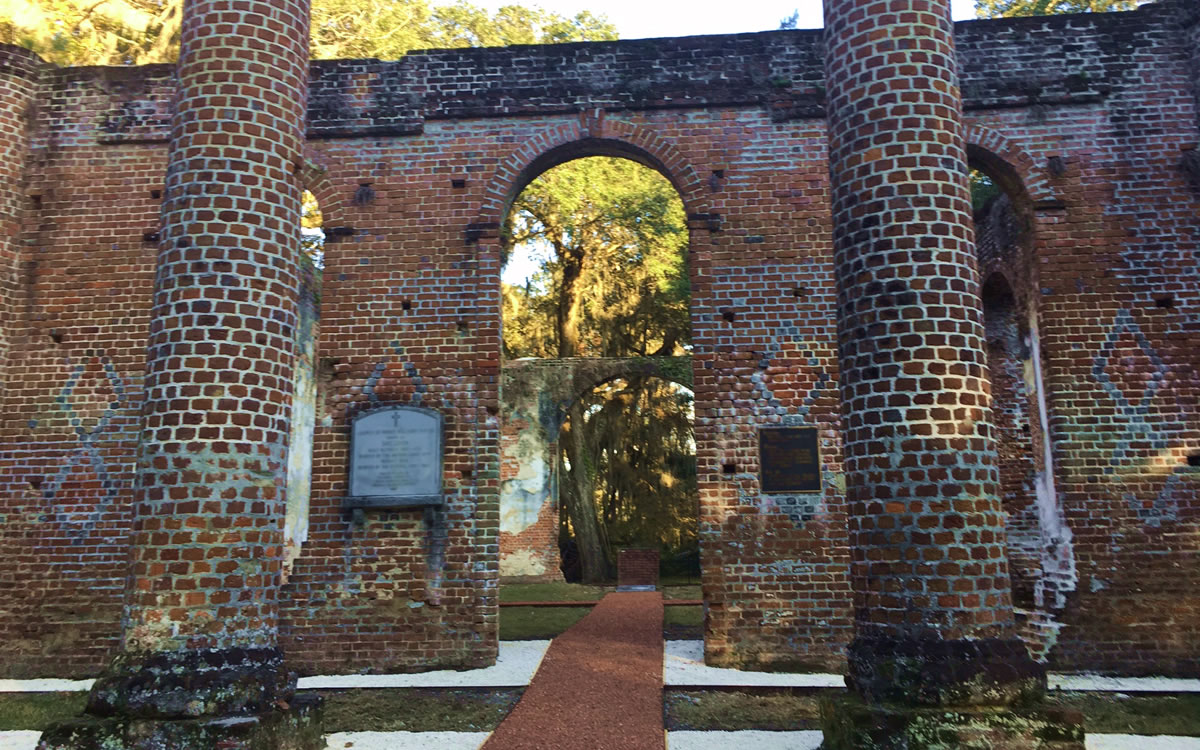
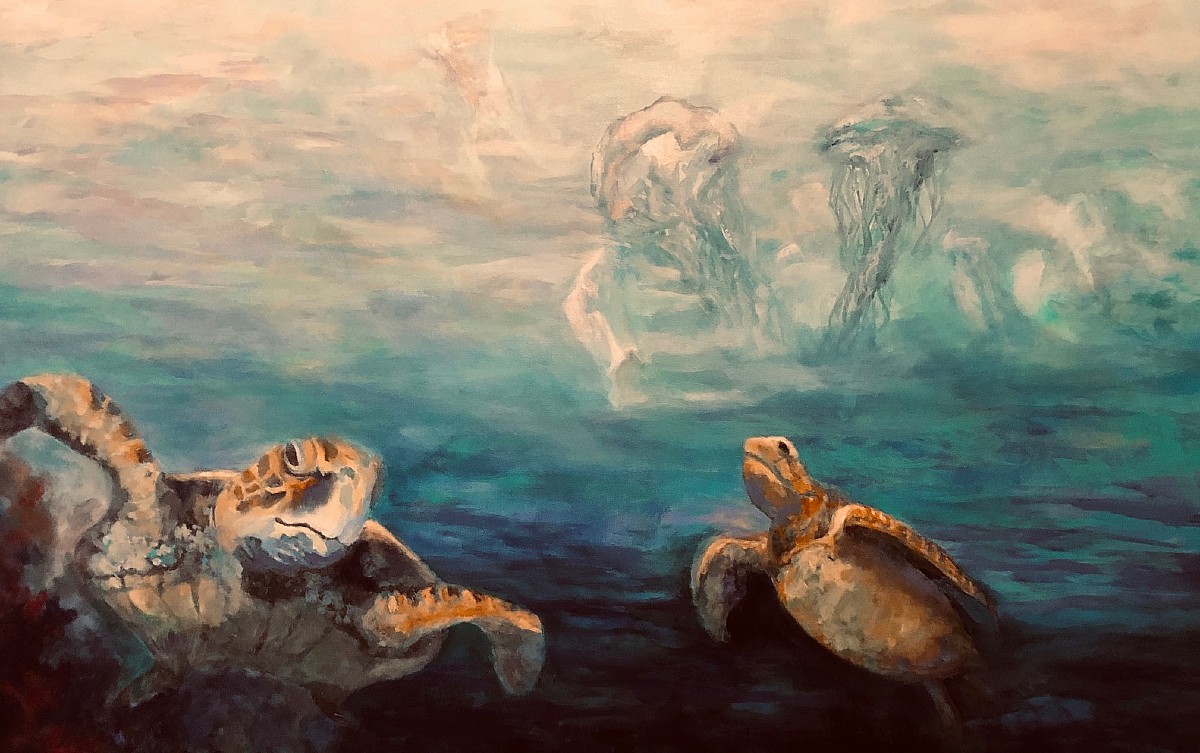
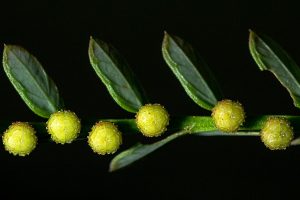


 We Can Do Better, South Carolina!
We Can Do Better, South Carolina!























